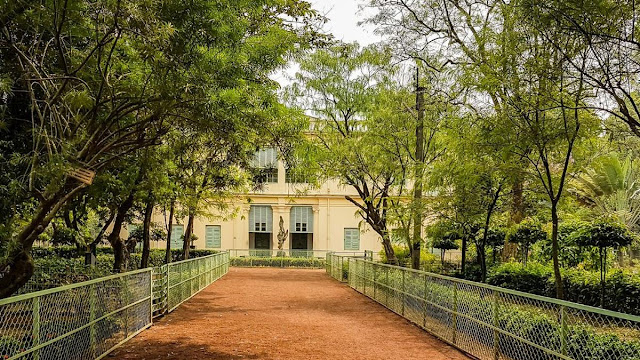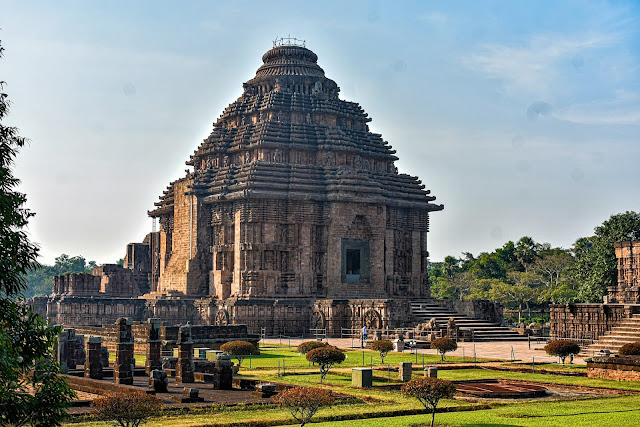Vijnaneshwara : Medieval Indian Jurist

Smṛrti is a class of literature comprising law books. Many medieval Indian jurists wrote lengthy commentaries on the Smriti literature. Of these the most important was Vijnaneshwara who wrote at the court of great Western Chalukya emperor Vikramaditya VI (r. 1076 – 1126 CE). Western Chalukyas are also known as the Chalukyas of Kalyani. His treatise, Mitakshara played a very important part in forming the civil law of modern India. Mitakshara is a commentary on the law book of Yājñavalkya,






